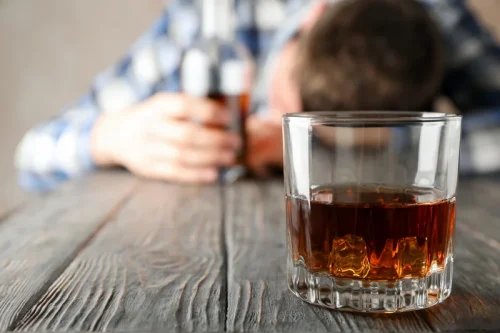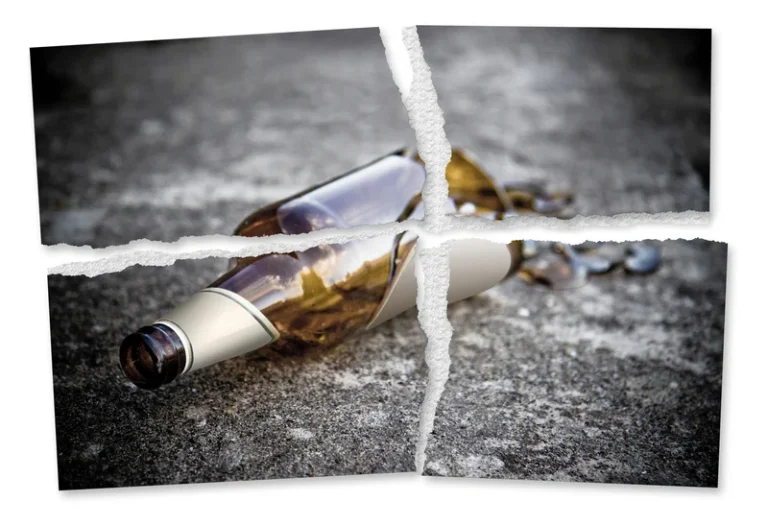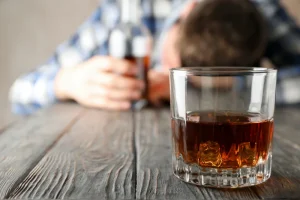
As it tries to cope with the influx of messages from the nervous system, your brain sends out signals that create the shakes or tremors you’re experiencing. Alcohol shakes, commonly seen in individuals experiencing alcohol withdrawal, manifest as involuntary trembling or quivering, particularly in the hands. These shakes are a significant symptom of withdrawal and often arise when someone with alcohol dependence abruptly stops or reduces their alcohol consumption. Dealing with alcohol alcoholism shakes can be a challenging and uncomfortable experience, but there are practical strategies that can help manage and alleviate these symptoms.
The Benefits of Physical Activity
- Reach out to organizations like Sabino Recovery to find the support you need to overcome alcohol dependence and withdrawal.
- This usually takes around a decade to occur but the graduality makes the symptoms difficult to notice.
- It helps to keep busy with activities you find enjoyable and that promote health and well-being.
- Keep stirring as the liquid heats up, and once it comes to a simmer, take it off the heat and pour it into cups.
- Medication-assisted treatment can help alleviate the shakes and other withdrawal symptoms, making the process more manageable.
- We asked experts why it’s so hard to figure out what to replace alcohol with—and to share their favorite ideas on how to relax booze-free.
- Once you have a creamier base pudding, you can doctor it up with whatever other upgrades you like, though it’s perfectly enjoyable on its own.
This helps reduce the risk of complications and supports the body’s recovery. The single way to prevent hangovers is to avoid alcohol altogether or drink in moderation, providing the body with lots of time to process the alcohol before consuming more. Although a hangover may be horrible, the memory of the embarrassment related to the night of excessive drinking can be even worse. According to the research, people with a family history of alcoholism can be more able to remember a hangover vividly than people with sober relatives.
- These techniques encourage relaxation and can significantly lessen the impact of alcohol shakes.
- This is why individuals who regularly consume large quantities of alcohol often wake up with shakes and may feel the need for a drink to stabilize.
- Alcohol shakes and tremors are common and challenging symptoms of alcohol withdrawal, often causing discomfort and concern for those experiencing them.
- These symptoms are common during hangovers and can contribute to the occurrence of hangover shakes.
Defining Alcohol Shakes and Tremors

Typically beginning 6-8 hours after the last drink and peaking within hours, alcohol shakes indicate the body’s response to the sudden absence of alcohol. It’s important to remember that alcohol withdrawal can be dangerous, and medical supervision is needed for ensuring safety and effective treatment. Seeking professional help is crucial for safe and effective management of alcohol withdrawal. When drinking is suddenly stopped, the balance of these neurotransmitters is disrupted, leading to brain overexcitation.

Why Is Mixing Prescription Drugs With Alcohol Dangerous?

To understand what causes alcoholic shakes, you first have to understand what happens in the body when you drink alcohol. Alcohol is classified as a nervous system suppressant, which means it slows down your nervous system. Your heart rate drops, your blood pressure lowers, your breathing rate decreases and your brain has less activity.
Recovery Programs

The underlying cause of alcohol shakes is related to how alcohol affects the central nervous system (CNS). When a person stops drinking suddenly, this leads to a rebound effect, where the CNS becomes overactive, resulting in tremors. Step-down programs help individuals transition from intensive rehab to independent living by offering structured support, therapy, and life skills training.
- Foods rich in vitamins and minerals, particularly B vitamins, magnesium, and potassium, are crucial for neurotransmitter function.
- These shakes are not only limited to your hands; they can affect different parts of the body and are particularly noticeable during periods of withdrawal or even after excessive alcohol consumption.
- Tremors from alcohol withdrawal occur as the influence of alcohol on the CNS diminishes, leading to a surge in activity within the central nervous system that can overwhelm the brain.
- If you experience these symptoms, it is essential to seek immediate medical attention.
- Including leafy greens, fruits, and whole grains in your meals can ensure you receive essential nutrients that aid your body in this challenging period.
What to Know About Tapering Off Alcohol
Counseling and behavioral therapies are core components of treatment, helping people understand the root causes of their addiction, develop coping strategies, and build a supportive network. These therapies can take various forms, including individual therapy, group therapy, and family therapy, each offering different benefits. This is why individuals who regularly consume large quantities of alcohol often wake up with shakes and may feel the need for a drink to stabilize. Tremors generally peak between 24 to 78 hours after the last drink but can persist for several weeks or even longer. How you stop how to stop the shakes after drinking alcoholic shakes is going to depend heavily on why the shakes are happening.
- It’s a good idea for anyone who drinks to seriously consider these points and evaluate their relationship with alcohol and its impact on their life.
- While alcohol shakes can be both scary and uncomfortable, in the situation of someone who does not suffer from AUD, they usually subside.
- Many party-goers who have had one too many drinks the night prior awake dehydrated and hungover.
- It’s important to note that while experiencing hangover shakes, the body is going through alcohol withdrawal.
Add Comment
Only active ALBATROSS Racing Club members can post comments